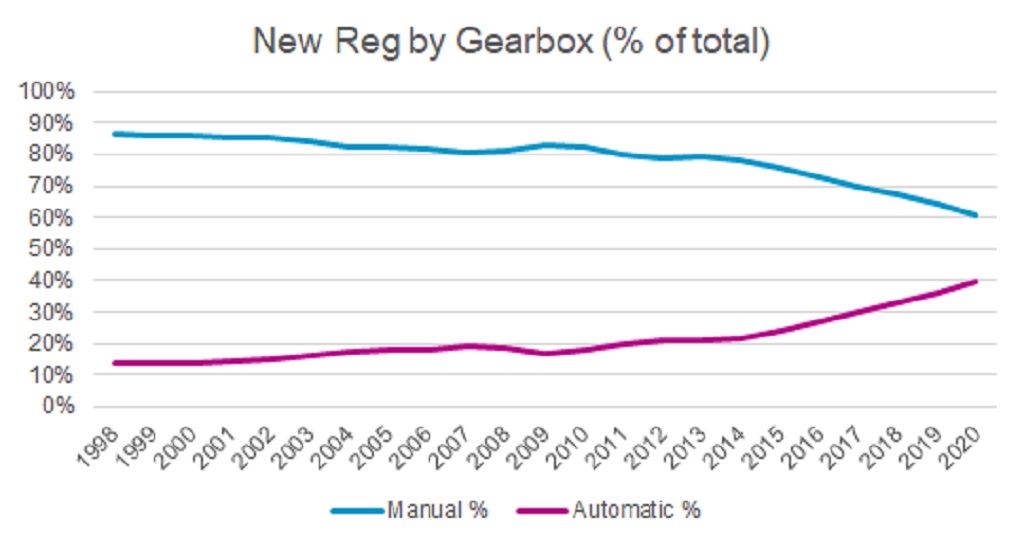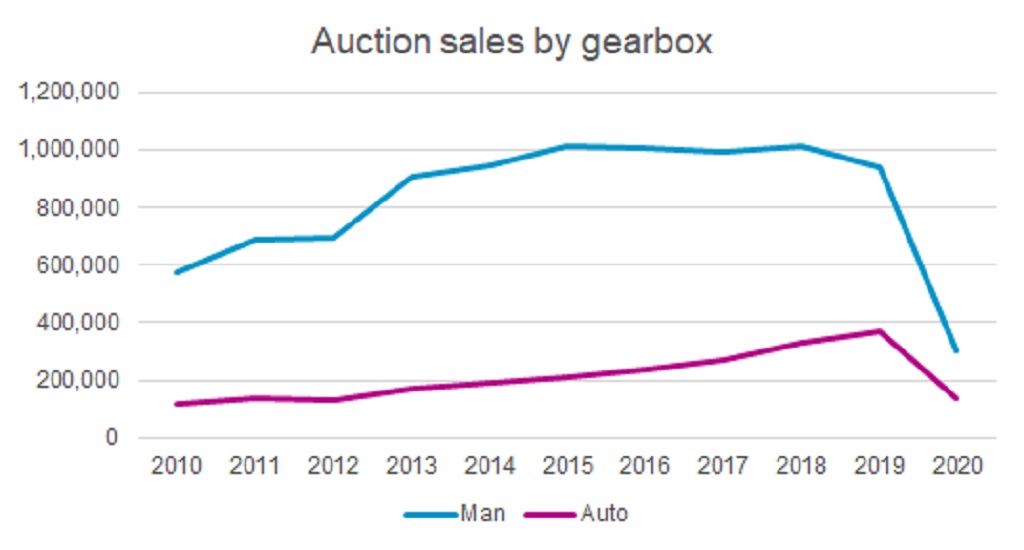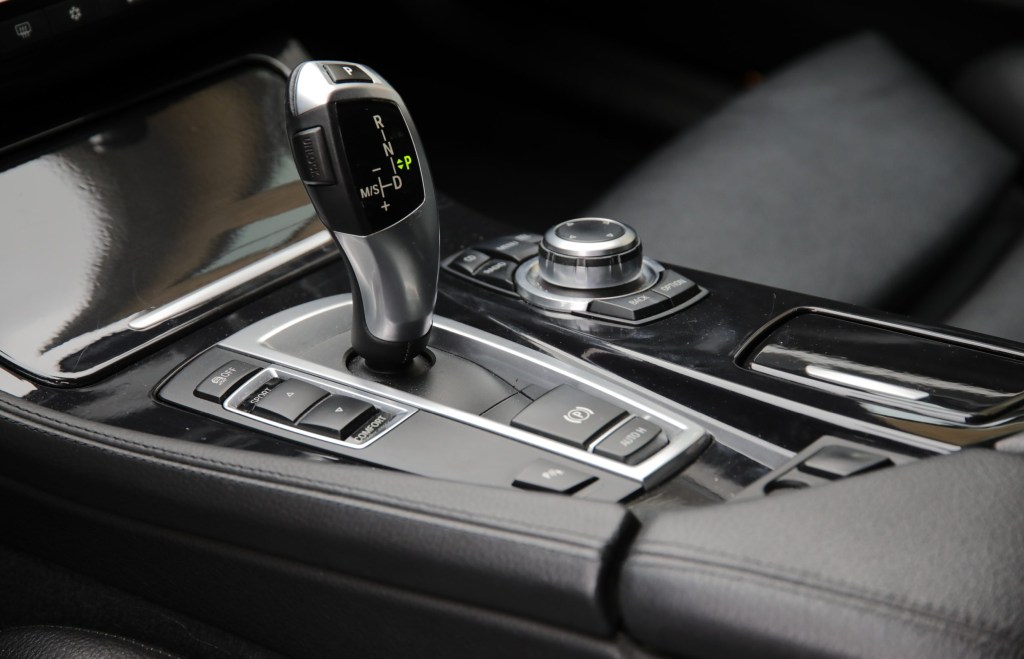The rise of automatic gearbox.
Ever since the first horseless carriages, engineers have tempted customers into vehicles where there were fewer pedals. The trend started in the USA and spread across the Atlantic with Europeans finding new and smoother ways of delivering automatic transmissions. These transmissions were once the preserve of premium and luxury motor cars, but have since been associated with vehicles in all segments including vans, buses and of course cars.
UK market penetration
From a market penetration perspective, in the UK by the year 2000, the new car registration ratio of manual transmission cars compared to automatics was around 86% manual to 14% automatic. From 2000 to 2010, a small shift occurred with manuals decreasing to 82% whilst automatics increased to 18%.
Driving the demand increases was the mating of automatic gearboxes with low revving, high torque diesel engines with excellent fuel economy. This was the ideal combination for an automatic gearbox. Unfortunately, few manufactures were able to capitalise on this increased demand, as automatic gearboxes struggled with reliability under such high torque loads.
Cog increases
By 2010, most manufacturers were producing reliable automatic gearboxes. The game-changing factor was the ability to increase the number of gears within the gearbox immediately improving fuel economy. The additional gears gave these new gearboxes increased flexibility for cruising at high speed in very high gears whilst still being able to crawl around town at low speed in low gears.
Like most technological advances user perceptions takes longer to change. Gradually the switch from manual transmission to automatic, in its many different versions, has accelerated. By the end of 2019, increased market penetration had driven registration of automatic cars to 36% up from 17% in 2009. In terms of registrations, this is a rise from just 335,314 in 2009 to 827,676 in 2019. Registration figures for the first half of 2020 show that the percentage of automatics sold is up another three percentage points compared to 2019, albeit the overall registrations for 2020 is artificially low due to Covid-19. However, the upward trend for automatics is very clear.
The release from the premium segments of paddle and button gear changers linked to automatic gearboxes gave a sporty image improvement to automatics moving them away from pipes and slippers to new younger audiences. This new desirable image has gone a long way to shift automatic gearbox perception long associated with poor economy and lacklustre performance.

Wholesale changes
In the auction market, data shows increasing volumes for both manual and automatic gearboxes from 2010 until 2019 when manual gearbox penetration starts to decline whilst automatic gearboxes continue to increase. Wholesale volume of automatic gearboxes in 2010 stood at 119,625 cars increasing to 368,772 cars in 2019.

The automatic choice
New car registration data shows demand for automatic gearboxes is continuing to rise with 39% of all cars registered so far this year (2020) being equipped as an automatic. It is likely, that within the next few years half of all vehicles registered will be automatics. This is partly driven by an ageing UK population and in parallel partly due to the benefits that have transformed automatic gearboxes. Combine this with ever slower and queuing traffic; the automatic gearbox has become an automatic choice.

 Close
Close